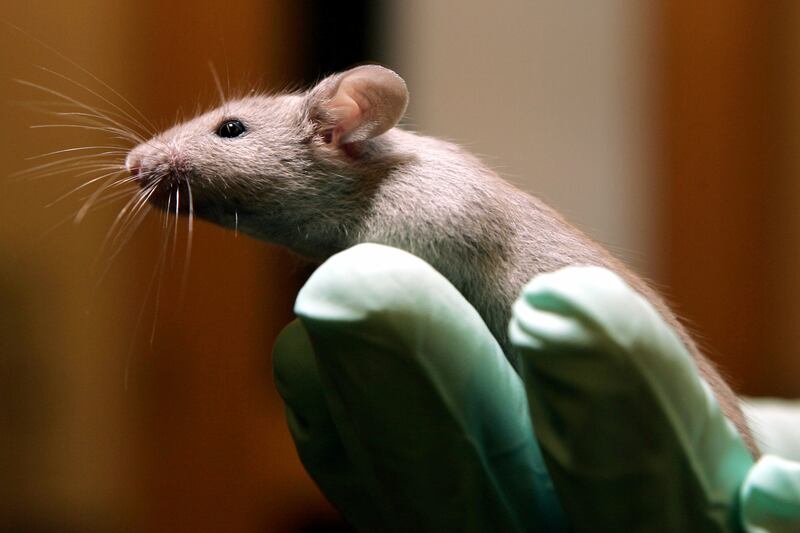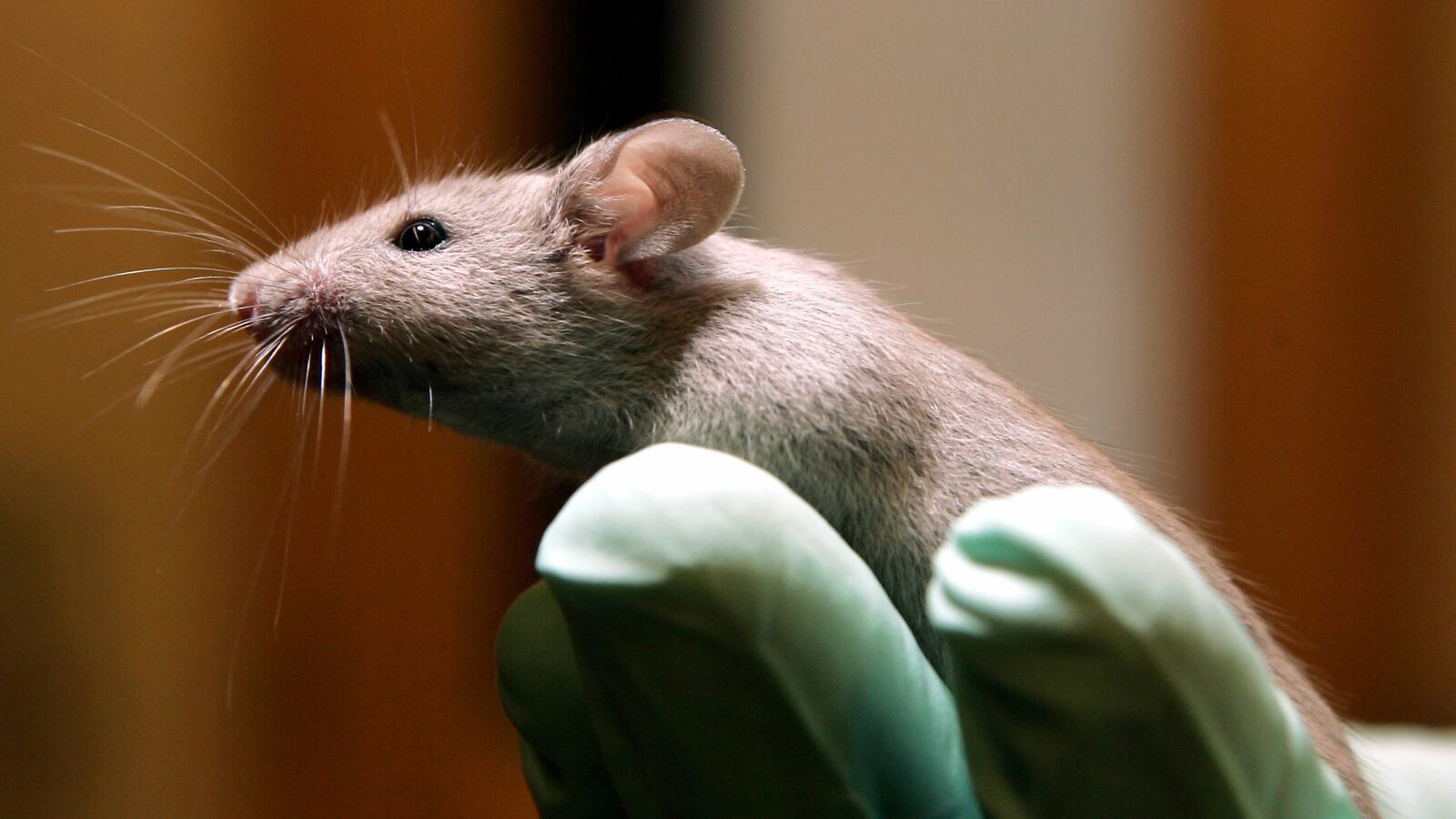When five animal rights activists from the “Stop Green Hill” group broke into a neuroscience laboratory at the University of Milan last week, they had no idea exactly what was lurking in the cages. Still, the quintet set about changing the labels that identified more than 800 mice and rabbits that had been genetically modified to mimic psychiatric disorders like Alzheimer’s, autism, and schizophrenia, as well as central nervous system maladies like Parkinson’s disease. The research center was part of a multimillion dollar project funded by a vast array of international charities and institutions looking for cures for the diseases.

The activists, two of whom chained themselves by their necks to the door to prohibit security officials from entering out of fear of breaking their necks, occupied the facility for 12 hours before negotiating a safe getaway with a cache of around 100 lab mice and a rabbit. They released scores of critters, many of whom are still roaming and running around the university’s animal labs. Other animals have been found dead under cabinets and drain pipes.
Stop Green Hill, which was formed in 2001 to stop the activities of a dog-breeding facility in Brescia, then posted video of their escapades. Many of the mice they took were “nude,” meaning their genetic profiles had been stripped in preparation for the introduction of disease genes. “It will take at least a year to build up the colonies we had of mouse models of different psychiatric diseases,” Michela Matteoli, the lab’s director, told The Daily Beast. “More than two dozen lines of diseased mice have now been destroyed.”
The activists have not been arrested, and they have promised to continue to protest against the use of animals in laboratory work. On April 28, thousands of animal rights activists are expected to descend on Rome for a national “Animal Liberation Day” protest in the historical center near Parliament. They promise to release hundreds of animals, including lab rats confiscated from other research facilities that have been kept at the group’s headquarters. The call to action on the organizers’ website asks people to speak for the animals: “Each of us is the voice of those captive animals and we purport their liberation. Each of us must be a glimmer of knowledge to those around us, a spark for change.”
But more likely, the groups’ efforts mean that even more animals will be sacrificed for science. The Milan researchers are bound by multi-year contracts to enable their work. That means hundreds more mice will be bred to replace those lost in last week’s fiasco at the facilities. Matteoli says that they are constantly looking for other ways to do their work that does not involve animals, but it is virtually impossible to understand the diseases using Petri dishes alone. “We can do a lot of research before we use the animals,” she says. “But at a certain point we need a living creature to test what happens when certain proteins are absent.”
In an open letter the university research team scolded the activists for wasting thousands of euros in grant money and hindering the progress of finding ways to treat and cure diseases. “Saturday’s incident creates an extraordinarily serious precedent. It is undeniable that animal experimentation is a delicate ethical issue,” the letter reads. “However, it is equally undeniable that it is only by using laboratory animals that we have been able to make the medical advances and therapeutic progress of the past, and that this will also be necessary for future developments.”
Stop Green Hill says they won’t rest until every lab animal in Italy has been released. Last week, they negotiated with police and university faculty that they would leave only on the promise that all 800 of the animals in cages would eventually be released. The negotiators made the promise, and because the activists scrambled the signs that identified which specimen had which disease, the animals will no longer be used in research. But because the animals are unable to live on their own outside the laboratory environment, they will likely be destroyed, and not let go. “You can’t release mutant, diseased mice into the wild,” says Paola Viani, deputy director of the University of Milan pharmacology department. “That would be truly irresponsible.”





